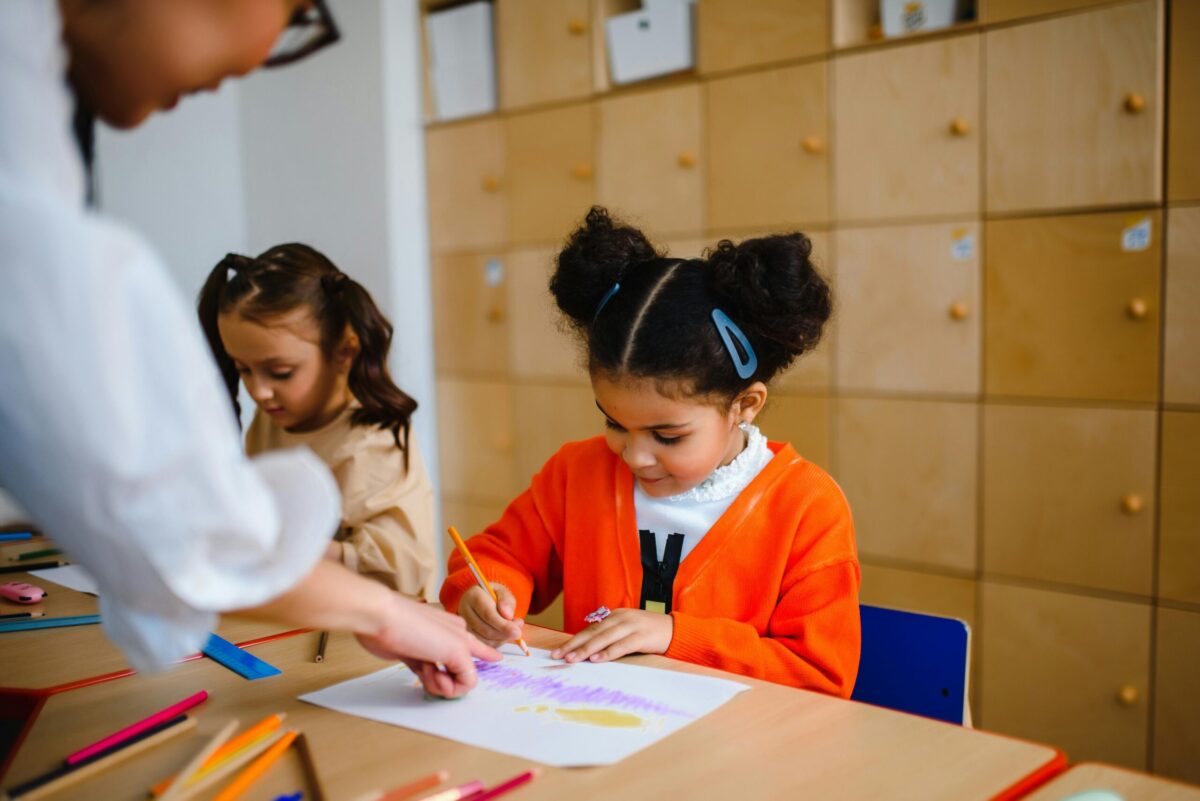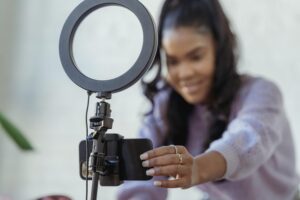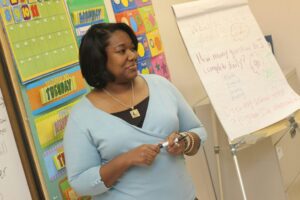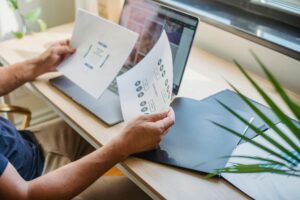Project Based Learning (PBL) is a teaching method that engages students in learning by solving real-world problems or creating meaningful products. PBL allows students to develop 21st century skills such as collaboration, communication, creativity, and critical thinking. PBL also fosters student autonomy, motivation, and ownership of their learning.
Here are some examples of project based learning prompts for elementary school students in grades K-2; they organized by grade level and subject area. Each example includes a driving question, a brief description, and some possible outcomes or products.
Kindergarten: Math
How can we plan a birthday party for our classmate?
Students learn about various math concepts such as counting, sorting, measuring, comparing, and graphing through planning a birthday party for their classmate. They survey their classmates about their preferences for food, games, decorations, etc. and use the data to make decisions. They create a budget, a shopping list, and a schedule for the party. They measure and prepare the food, set up the games and decorations, and enjoy the party.
Possible outcomes/products: Survey results, graphs, or charts; budget, shopping list, or schedule; party food, games, or decorations; thank-you cards or notes.
Kindergarten: Science
How can we help the animals in our neighborhood?
Students learn about the needs and habitats of different animals that live in their neighborhood, such as birds, squirrels, rabbits, etc. They research how human activities affect these animals and how they can protect them. They design and build shelters, feeders, or habitats for the animals and place them in suitable locations. They observe and document the animals’ behaviors and interactions with their creations.
Possible outcomes/products: Animal shelters, feeders, or habitats; journals or posters with observations and reflections; presentations or videos to share their findings and recommendations.
Grade 1: Math
How can we use shapes to create art?
Students learn about the properties and attributes of different shapes, such as circles, squares, triangles, etc. They explore how shapes can be combined, divided, or transformed to create new shapes or patterns. They use various materials and tools, such as paper, scissors, glue, paint, etc. to create their own shape art, following the criteria and constraints given. They describe and compare their shape art, using geometric vocabulary and concepts.
Possible outcomes/products: Shape art; descriptions or comparisons; displays or galleries.
Grade 1: Math
How can we create and use a calendar?
Students learn about the concepts and skills of time and calendar through creating and using a calendar. They research different types of calendars and how they are organized. They create their own calendar, using paper, markers, stickers, etc. They mark and label important dates, such as holidays, birthdays, events, etc. on their calendar. They use their calendar to plan and schedule their activities, such as homework, chores, hobbies, etc. They reflect and evaluate their calendar use, using feedback and rubrics.
Possible outcomes/products: Calendar; important dates; activities; reflections or evaluations; feedback or rubrics.
Grade 1: Science
How can we create and use a compost bin?
Students learn about the decomposition and recycling of organic matter through creating and using a compost bin. They research different types of compost bins and how they work. They design and build their own compost bin, using recycled or low-cost materials. They collect and add organic waste, such as food scraps, leaves, grass, etc. to their compost bin. They monitor and maintain their compost bin, recording their observations and measurements. They use their compost to fertilize their plants or garden.
Possible outcomes/products: Compost bin; compost; journals or charts with observations and measurements; presentations or videos to share their experiences and tips.
Grade 1: Science
How can we grow and take care of plants?
Students learn about the life cycle and needs of plants through growing and taking care of their own plants. They choose a type of plant that they want to grow, such as flowers, vegetables, herbs, etc. They research the best conditions and methods for growing their plants, such as soil, water, light, etc. They plant and monitor their plants, recording their observations and measurements. They harvest and enjoy their plants or share them with others.
Possible outcomes/products: Plants; journals or charts with observations and measurements; presentations or videos to share their experiences and tips.
Grade 2: Math
How can we plan and host a math carnival for our school?
Students learn about various math concepts and skills, such as number sense, operations, patterns, geometry, etc. through planning and hosting a math carnival for their school. They survey their classmates or other students about their interests and preferences for math games and activities. They design and create their own math games and activities, using different materials and tools. They test and improve their games and activities, using feedback and rubrics. They organize and host the math carnival, inviting and instructing other students to play and learn.
Possible outcomes/products: Math games and activities; survey results; feedback or rubrics; math carnival; invitations or instructions.
Grade 2: Math
How can we create and use a clock?
Students learn about the concepts and skills of time and clock through creating and using a clock. They research different types of clocks and how they work. They create their own clock, using paper, cardboard, scissors, glue, etc. They mark and label the numbers and the hands on their clock. They use their clock to tell and show the time, such as the current time, the past time, the future time, etc. They practice and play different games and activities with their clock, such as matching, ordering, estimating, etc.
Possible outcomes/products: Clock; games and activities; feedback or rubrics.
Grade 2: Science
How can we create and use a bird feeder?
Students learn about the types and needs of birds through creating and using a bird feeder. They research different kinds of birds and what they eat and drink. They design and build their own bird feeder, using recycled or low-cost materials. They place their bird feeder in a suitable location and fill it with food and water. They observe and document the birds that visit their bird feeder and identify their species and behaviors.
Possible outcomes/products: Bird feeder; food and water; journals or charts with observations and identifications; presentations or videos to share their findings and tips.
Grade 2: Science
How can we create and use a weather station?
Students learn about the weather and climate through creating and using a weather station. They research different types of weather instruments and how they measure temperature, precipitation, wind, humidity, etc. They design and build their own weather station, using recycled or low-cost materials. They collect and record weather data daily, using their weather station. They analyze and compare their data with the local or global weather patterns and forecasts.
Possible outcomes/products: Weather station; weather data; analysis or comparison reports; presentations or videos to share their findings and predictions.
By integrating the project-based learning (PBL) examples provided—or adapting them to better suit your needs—you can empower students to actively engage with real-world challenges and complex inquiries. This approach not only facilitates knowledge acquisition but also cultivates vital life skills, including problem-solving, critical thinking, and collaboration.
Through PBL, we can create an environment where learning is synonymous with discovery, and education is a collaborative journey towards a more informed and capable generation.







